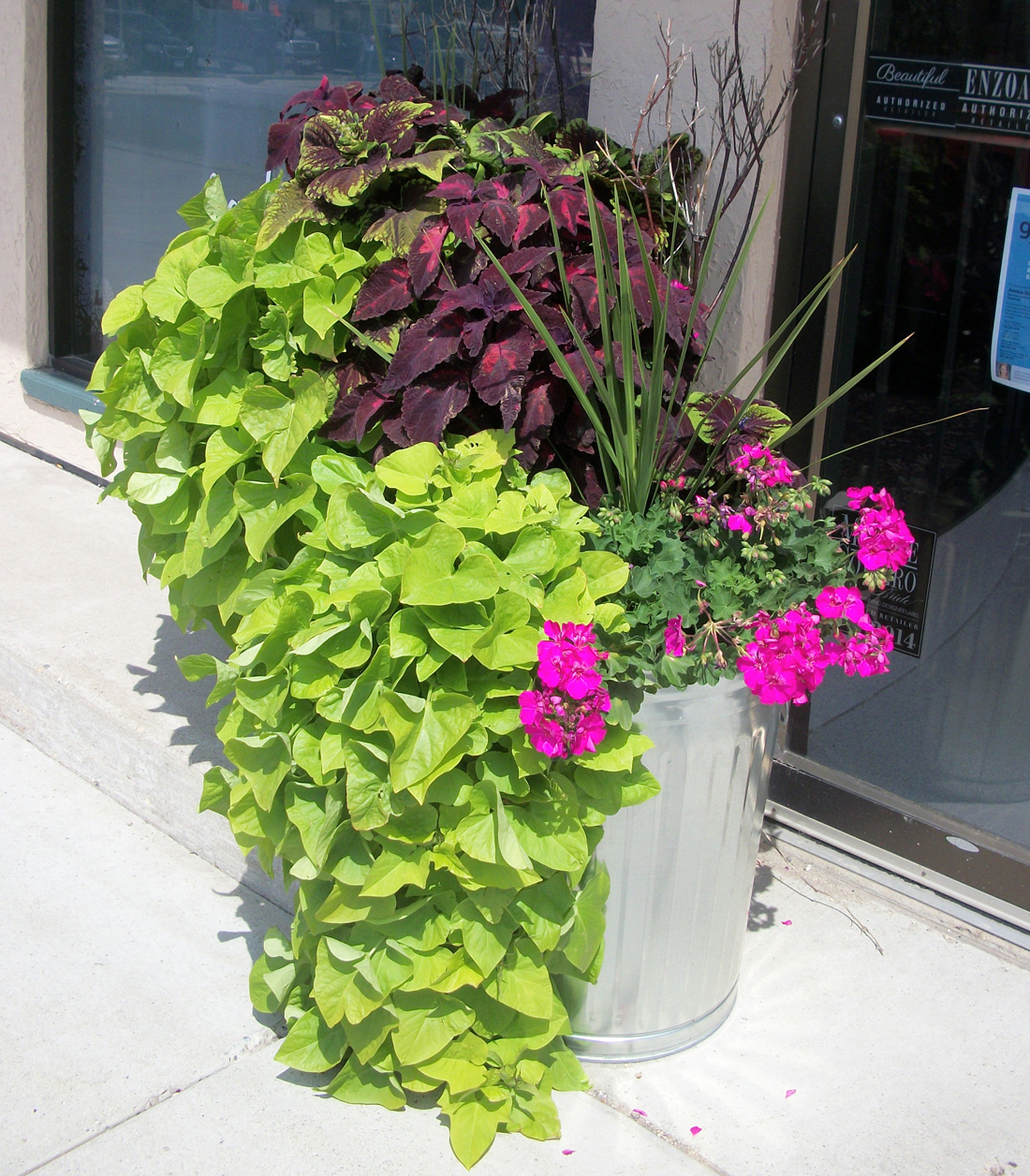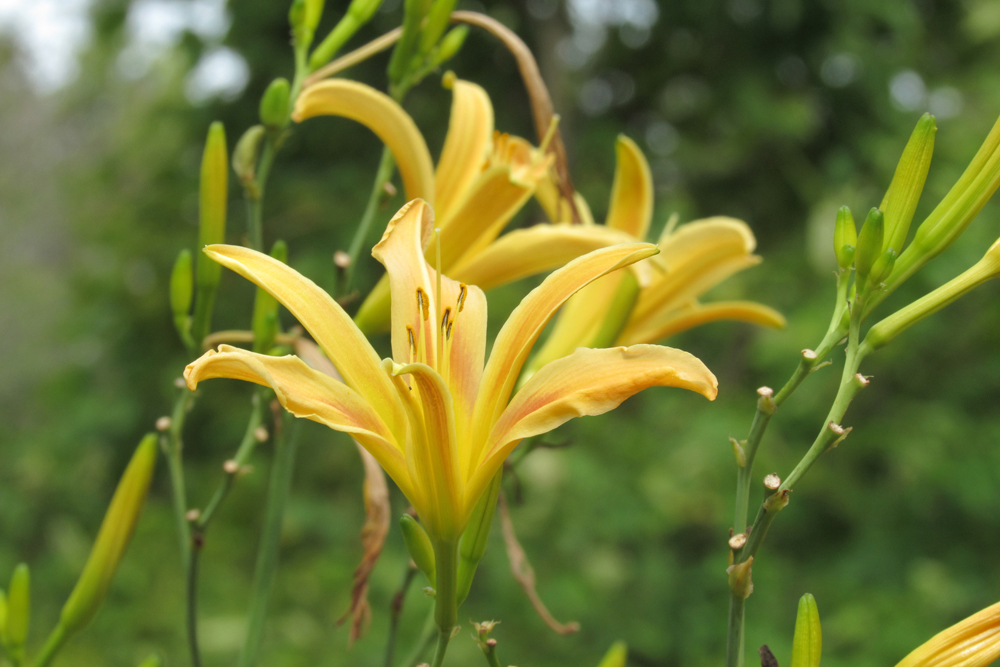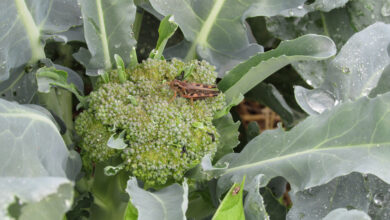Maintaining your container gardens

Container gardens are very popular because they allow for growing flowers, herbs, vegetables and even fruits in small spaces. Container gardens do need regular maintenance, however, to keep them vigorous as the growing season progresses.
The National Gardening Association says it is important to water pots frequently. Containers consist of closely spaced plants in a small volume of soil and you might need to water as much as once or even twice a day during hot, dry spells. Saturate the soil when you water. Containers which have more plants in them than the pot size can support tend to dry out very quickly. Prune back plants, remove some plants or move the container to a more shady location to help keep the soil moist.
That said, it is possible to overwater containers. Plants can suffer from root rot, particularly if the growing mix you used does not drain well. Feel the soil before you water to make sure the soil is dry. Cornell Cooperative Extension says plants which are yellowing from the bottom, lack vigor or are poor in color, can be a sign of too much water. (This can also be a sign that you need a fertilizer with a higher nutrient level).
Container gardens need to be fertilized regularly. Because of frequent watering and the limited amount of soil in containers, fertilizer is critical for success. A slow-release fertilizer in the form of pellets can be added to potting soil according to package directions. Cornell Extension says the recommended method of fertilizer application for containers is to use a water soluble fertilizer as the plants grow. Apply according to package directions. Over application of fertilizer can kill plants due to fertilizer burn. Cornell also says you can add some organic matter to your potting mix right at the start. This should be done in a potting mix to compost ratio of no more than 3 to 1.
Keep your container plants looking lush by pruning out leggy stems and removing off-colored or damaged and diseased foliage. Remove spent blooms before plants go to seed and continually harvest vegetables in containers to encourage more production. Removing spent flower blooms can help plants bloom longer and more profusely.Remove flower spikes from coleus plants and herbs such as basil to create fuller, bushier plants.
According to Cornell Extension, removing dead leaves and flowers from container plants also helps discourage insects and disease organisms.
Container plants can be changed seasonally. As plants move past their prime, keep your container looking fresh with seasonal themes. Bulbs, primroses, and lettuce can be grown in the spring; annuals, vegetables and herbs in the summer, and pansies and kale add color and interest through the autumn.
The National Gardening Association offers these additional tips for maintaining container gardens – light-colored, non-porous containers such as plastic or glazed pottery can help retain water better and help reduce watering chores. Protecting pots from full sun and wind can also help retain soil moisture. Finally, rotating your containers encourages plants to grow evenly on all sides. Plants located on the shady side of a container can become leggy as they stretch for the sunlight.





